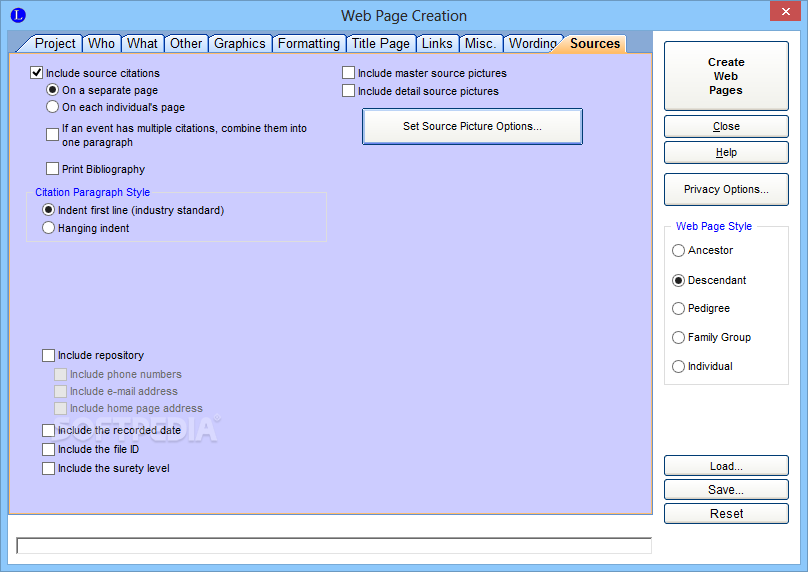

- #Legacy 9.0 deluxe upgrade how to#
- #Legacy 9.0 deluxe upgrade install#
- #Legacy 9.0 deluxe upgrade upgrade#
- #Legacy 9.0 deluxe upgrade full#
- #Legacy 9.0 deluxe upgrade windows 10#
(A Deluxe Edition is also available.) The user interface is easy-to-use and is always intuitive. The program is free and has no restrictions.

In Command line, enter the following command: MBR2GPT.Legacy Family Tree is an award winning full-featured professional genealogy program that helps you track, organize, print, and share your family history.
#Legacy 9.0 deluxe upgrade full#
When run in the full OS, configure it to covert the disk from MBR to GPT without modifying or deleting data. Specify the command line for the MBR2GPT tool.

In the Post-Processing group, make the following changes:
#Legacy 9.0 deluxe upgrade upgrade#
Process to convert from BIOS to UEFI during an in-place upgrade task sequenceĮdit the task sequence.
#Legacy 9.0 deluxe upgrade windows 10#

With this condition, the task sequence only runs these steps on BIOS devices. On the Options tab of the new group, add a new task sequence variable as a condition. For example, create a group after the Capture Files and Settings group named BIOS-to-UEFI.
#Legacy 9.0 deluxe upgrade install#
In an existing task sequence to install an OS, add a new group with steps to do the BIOS to UEFI conversion.Ĭreate a new task sequence group after the steps to capture files and settings, and before the steps to install the OS. Prepare the FAT32 partition for the conversion to UEFI The following procedure provides an example of how you can create task sequence steps to do this action. The Restart Computer step prepares a FAT32 partition on the hard drive for transition to UEFI. You can customize an OS deployment task sequence with the TSUEFIDrive variable. Create a custom task sequence to prepare the hard drive
#Legacy 9.0 deluxe upgrade how to#
For more information about hardware inventory, see How to configure hardware inventory. Hardware inventory enables this class by default. When a computer is started in UEFI mode, the UEFI property is set to TRUE. The hardware inventory class ( SMS_Firmware) and property ( UEFI) are available to help you determine whether a computer starts in UEFI mode. Hardware inventory collects UEFI information Collect UEFI information as part of hardware inventory.Convert from BIOS to UEFI as part of the in-place upgrade process.Prepare a hard drive for BIOS to UEFI conversion.With Configuration Manager you can automate the following actions: Previously, converting a device to UEFI required you to go to each device, repartition the hard disk, and reconfigure the firmware. You might have newer Windows devices that support UEFI, but are using legacy BIOS. Windows includes many security features that require UEFI-enabled devices.


 0 kommentar(er)
0 kommentar(er)
